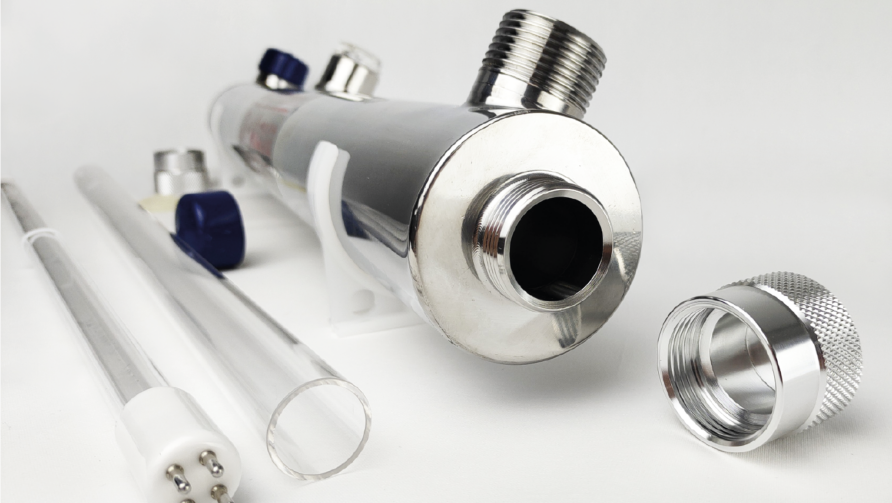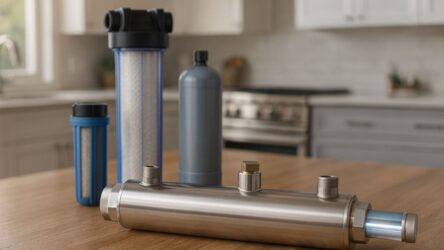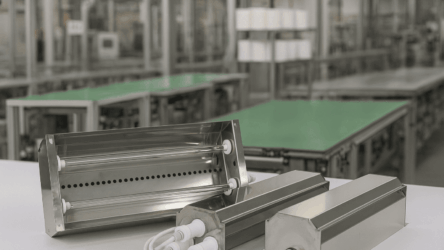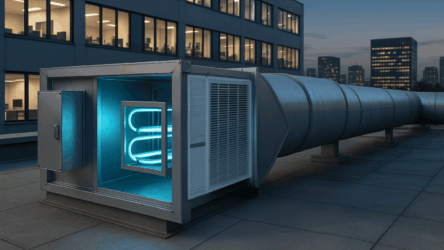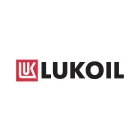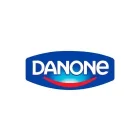Ballast water disinfection on ships is an important environmental concern to prevent the spread of invasive species and pathogens. The International Ballast Water Management Convention (BWM Convention) requires all ships to treat water prior to discharge. One of the effective methods is ultraviolet treatment, which utilizes units made of stainless materials such as AISI 316 steel.
Why choose AISI 316?
This stainless steel alloy contains molybdenum, which gives it increased corrosion resistance, especially in salty and corrosive environments. This is especially important in the shipping industry where ballast water contains salts, chemicals and organic contaminants that can degrade equipment.
Key characteristics:
- Chromium content: 16-18%
- Nickel content: 10-14%
- Molybdenum content: 2-3%
These elements provide high protection against corrosion and chemical attack, which significantly increases service life.
Advantages for UV installations on ships
1.Corrosion protection
The main problem in the marine environment is the constant contact with salt water and aggressive impurities. According to studies, AISI 316 shows better corrosion resistance than other grades such as AISI 304.
- AISI 316 corrosion rate in marine environment: less than 0.02 mm/year.
- AISI 304: about 0.05 mm/year.
This means that the service life of equipment made of this alloy is increased by about 2.5 times compared to less resistant materials.
2.Resistance to chemical attack
Ballast water can contain petroleum products and corrosive chemicals. The molybdenum in the alloy provides high resistance to chlorides and acids, making it suitable for use in such environments.
- Corrosion rate in 5% sodium chloride solution: less than 0.01 mm/yr.
- AISI 304: 0.03 mm/yr.
AISI 316 is three times more chloride resistant than less resistant alloys
3.Durability and economic benefits
The service life of installations made from this material far exceeds its counterparts. In marine environments, equipment can operate 20-30% longer.
- Average service life: 15-20 years with proper maintenance.
- AISI 304: 10-12 years.
This reduces repair and replacement costs, making the equipment more cost effective.
Advantages of UV ballast water treatment
UV units effectively destroy microorganisms without the need to add chemicals and without changing the physical and chemical properties of water, making them safe for ecosystems.
Disinfection efficiency: Up to 99.9% of pathogens are destroyed by treatment.
Throughput capacity: Up to 1000 m³/hour.
Material comparison
| Characteristics | AISI 316 | AISI 304 | Carbon steel |
| Corrosion resistance | Very high | High | Low |
| Chloride resistance | Excellent | Satisfactory | Poor |
| Service life in seawater | 15-20 years | 10-12 years | 5-7 years |
| Resistance to chemical influences | High | Medium | Low |
Conclusion
AISI 316 steel UV units for ballast water disinfection on ships are a reliable solution that provides long service life, resistance to corrosive environments and cost-effectiveness. This alloy is far superior to other materials in terms of corrosion resistance, making it the best choice for marine applications. These systems help meet environmental standards and protect ecosystems while remaining highly efficient.

